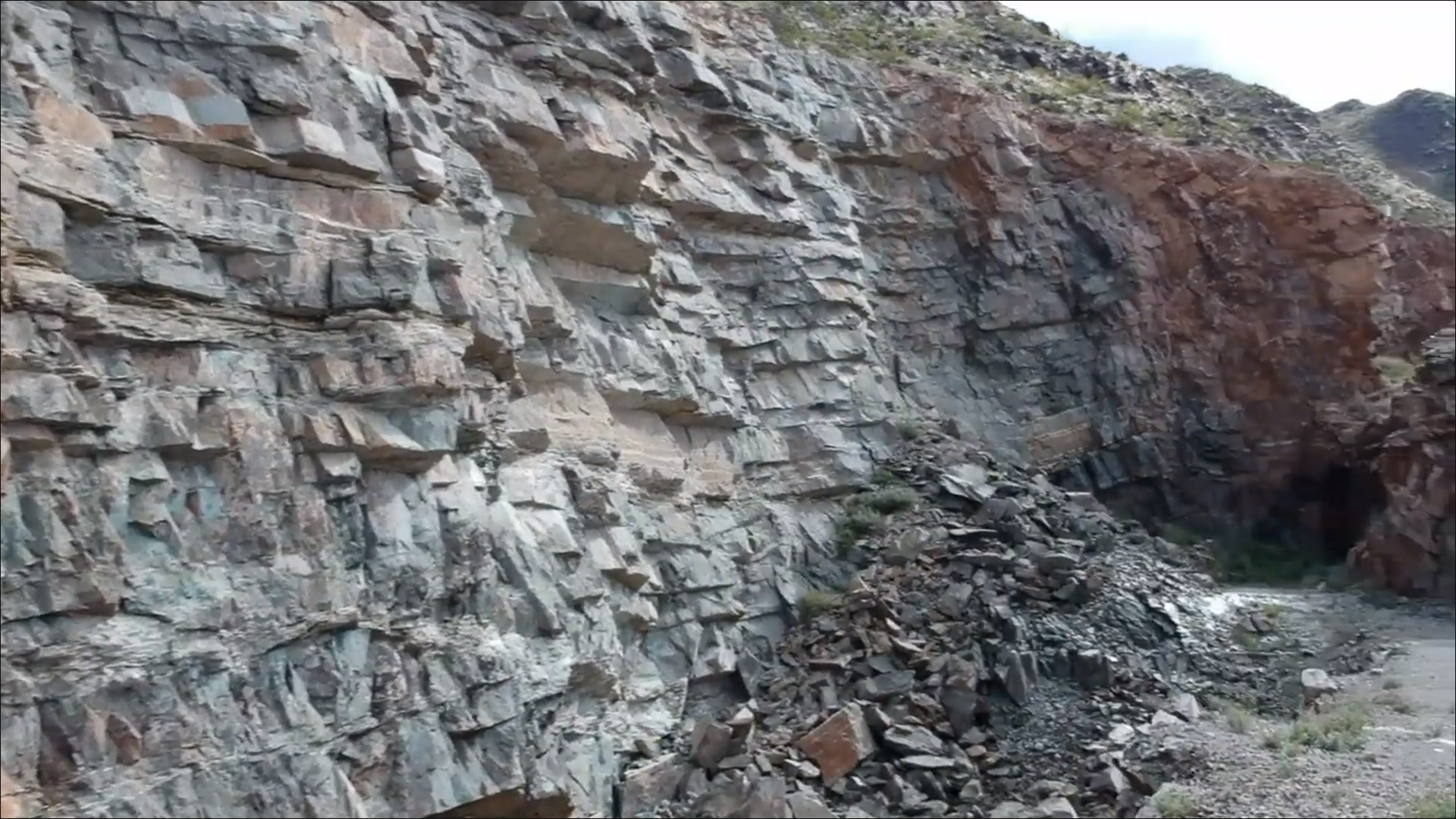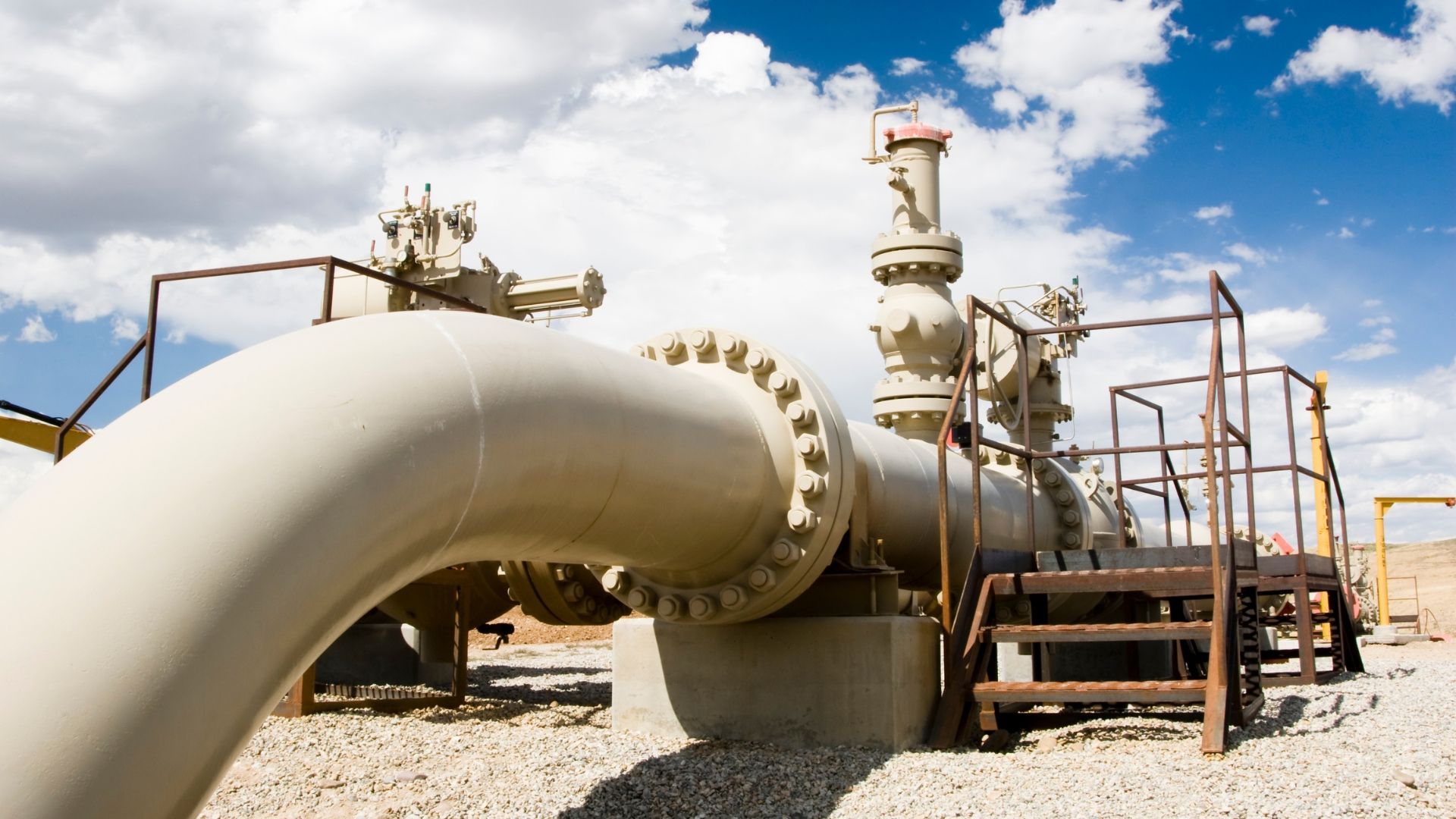bySarah Vega - Content Writer, The Assay
The US Department of Energy (DOE) has officially added copper to its critical materials list, marking the first time a US government agency has included copper on one of its official “critical” lists.
The European Union, India, Japan, Canada, and China have already taken similar steps.
The DOE released the 2023 Critical Materials Assessment, which evaluates materials for their importance to global clean energy technology supply chains, focusing on key materials that have a high risk of supply disruption and are integral to clean energy technologies.
Based on the results of the assessment, DOE has identified the 2023 DOE Critical Materials List of energy-specific materials that are critical (or nearly critical) up to 2035. The list will also help determine eligibility for tax credits under the Inflation Reduction Act 48C.
The critical materials currently listed include aluminum, cobalt, dysprosium, electrical steel, fluorine, gallium, iridium, lithium, magnesium, natural graphite, neodymium, nickel, platinum, praseodymium, terbium, silicon, silicon carbide, and now copper.
Alejandro Moreno, acting assistant secretary for the DOE’s Office of Energy Efficiency and Renewable Energy, said in a statement, “As our nation continues the transition to a clean energy economy, it is our responsibility to anticipate critical material supply chains needed to manufacture our most promising clean energy generation, transmission, storage, and end-use technologies; including solar panels, wind turbines, power electronics, lighting, and electric vehicles.”
Moreno added that detecting and modifying material criticality now was crucial.
“The Copper Development Association (CDA) congratulates the DOE on its thoughtful, forward-thinking analysis that resulted in copper’s inclusion on the Critical Materials list,” commented CEO of the CDA Andrew Kireta Jr., in a separate statement.
“Copper is a major contributor to US economic and national security. With copper demand projections doubling by 2035, primarily due to plans for the clean energy transition, electrification, and clean water infrastructure, the nation would be defenseless without electricity and copper’s vital role in its generation, transmission, and distribution.”
The CDA noted that inclusion on the critical materials list reflects the certainty that copper demand projections will require a boost in domestic production.
© 2023 The Assay







